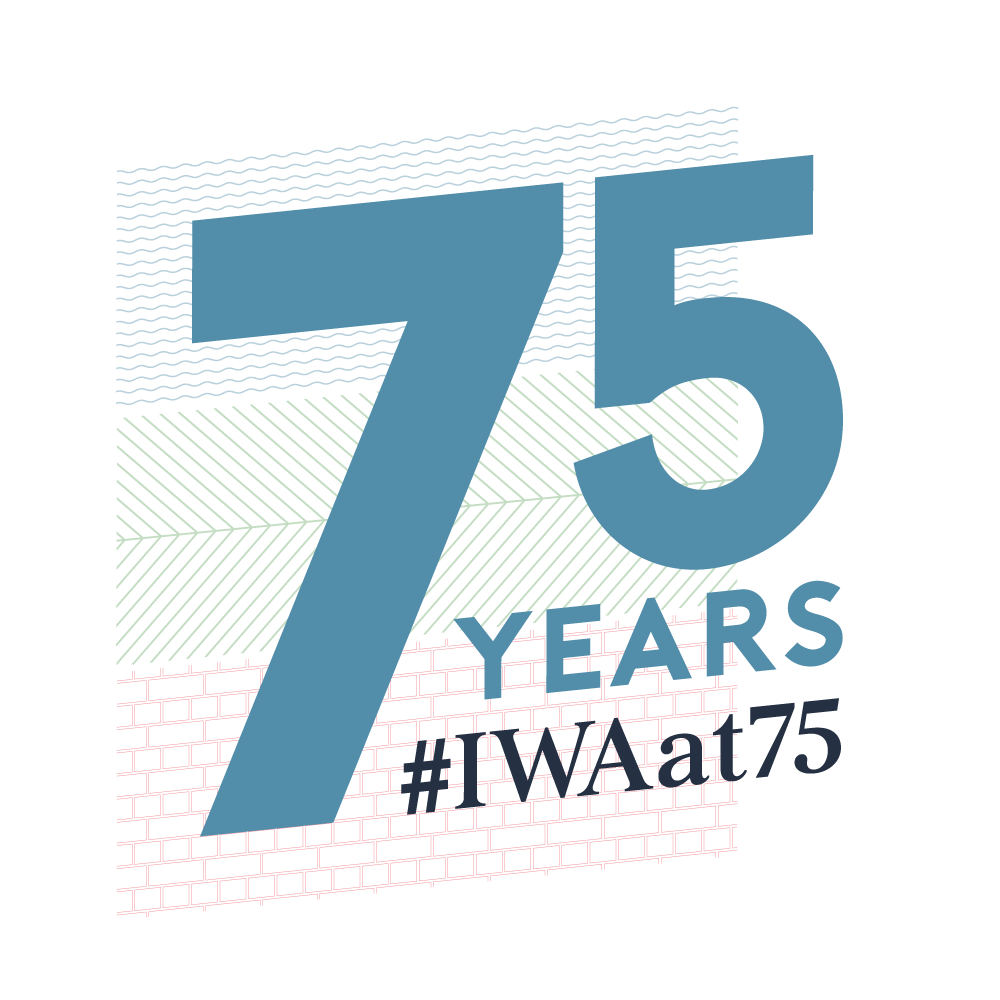1945 – It all began at Tardebigge
It all began at Tardebigge on the Worcester & Birmingham Canal in August 1945. After reading Tom Rolt’s book Narrow Boat, Robert Aickman, a London literary agent, wrote to Rolt, and a meeting between them took place on Cressy, Rolt’s boat. During the visit, the seed of an idea to campaign for preserving and improving the country’s waterways was firmly planted. After much correspondence between the two men, an inaugural meeting for a waterways association was arranged for early in 1946.
Photo: Cyril Smith, President of Worcester & Birmingham Canal Society, speaking at the unveiling ceremony of a plaque to commemorate the occasion in 1982.


